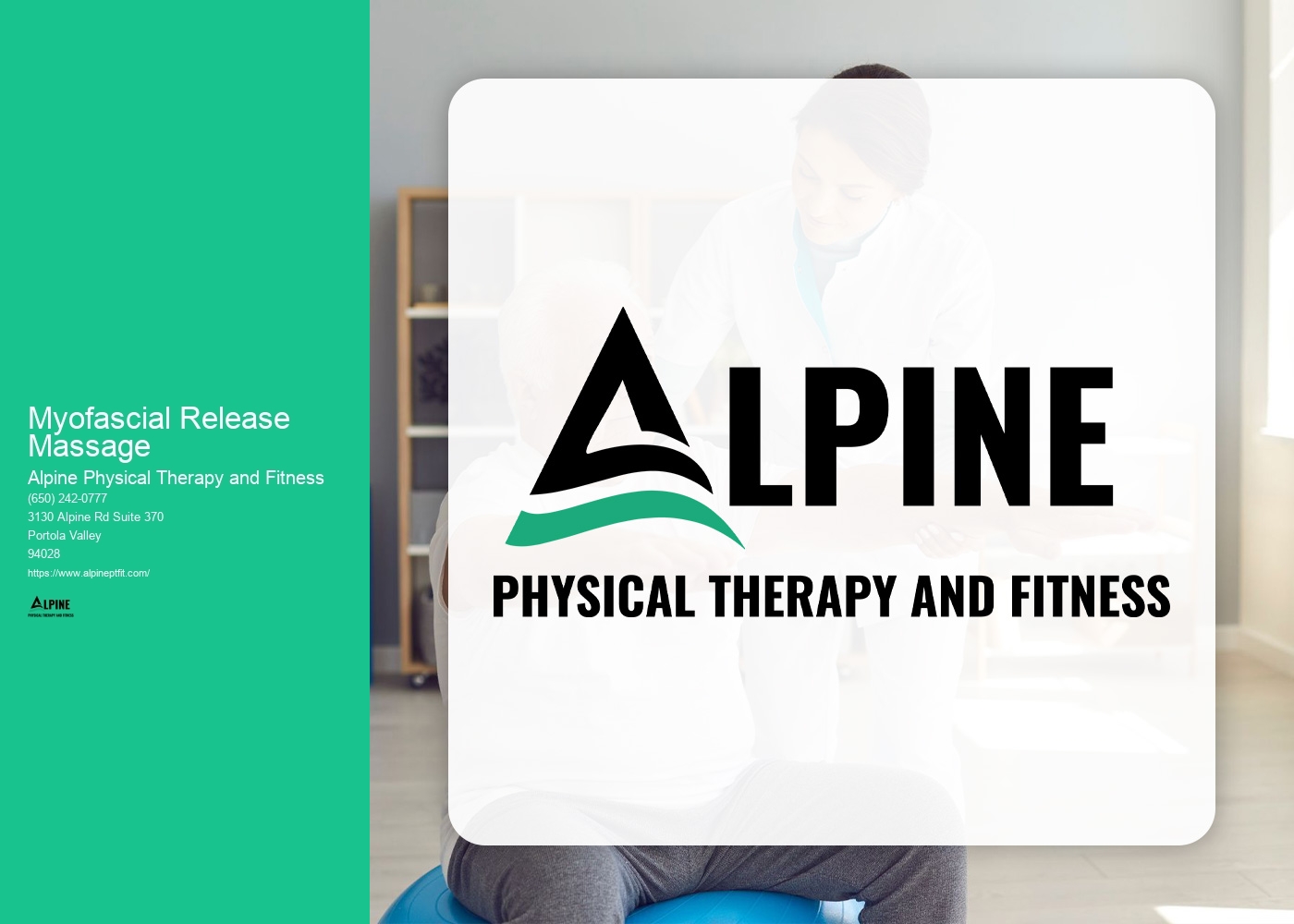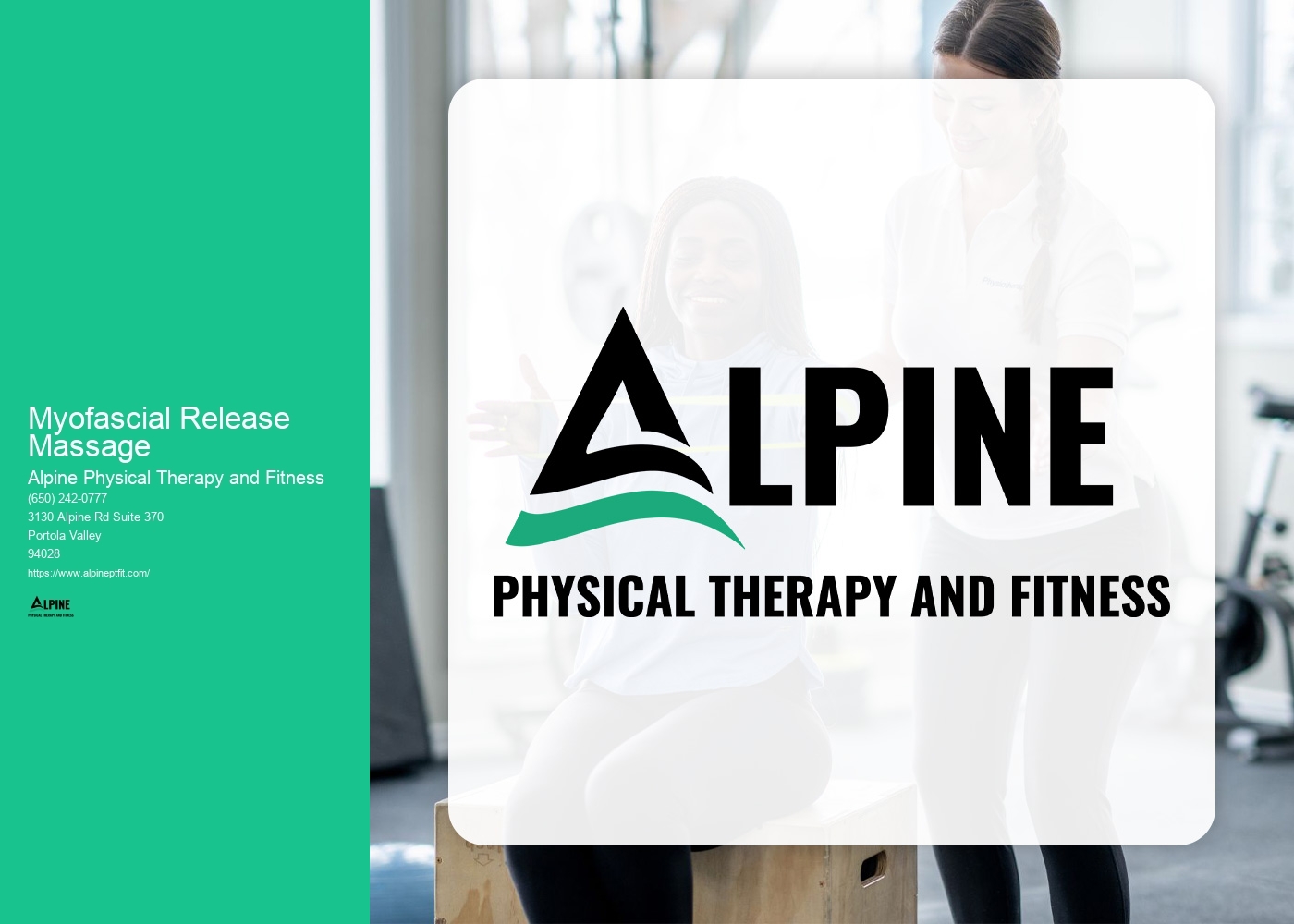

Myofascial release massage is a therapeutic technique that focuses on releasing tension and restrictions in the fascia, a connective tissue that surrounds and supports muscles, bones, and organs. During a myofascial release massage, the therapist applies gentle pressure and stretches to the affected areas, targeting specific trigger points and areas of tightness. This helps to release adhesions and improve the overall function and mobility of the fascia.
Compared to other types of massage, myofascial release massage differs in its specific focus on the fascia. While other types of massage may primarily target muscles or provide relaxation, myofascial release massage aims to address the underlying fascial restrictions that can contribute to pain, limited range of motion, and other musculoskeletal issues. By targeting the fascia, this technique can provide more targeted and long-lasting relief for chronic pain and tension.
The benefits of myofascial release massage are numerous. By releasing tension and restrictions in the fascia, this technique can help to improve flexibility, range of motion, and posture. It can also reduce pain and discomfort caused by conditions such as fibromyalgia, chronic headaches, and temporomandibular joint disorder (TMJ). Additionally, myofascial release massage can enhance athletic performance by improving muscle function and reducing the risk of injury.

The duration of a myofascial release massage session can vary depending on the individual's needs and the areas being treated. Typically, a session can last anywhere from 60 to 90 minutes. During this time, the therapist will assess the client's condition, perform the necessary techniques, and provide any additional recommendations or exercises for self-care.
While myofascial release massage can involve some discomfort, it should not be excessively painful. The therapist will work within the client's comfort level, using feedback to adjust the pressure and intensity of the techniques. Some individuals may experience mild soreness or tenderness after the session, but this is usually temporary and can be relieved with proper hydration and self-care.

The frequency of myofascial release massage sessions depends on the individual's condition and goals. For acute conditions or injuries, more frequent sessions may be recommended initially to address the immediate issues. For chronic conditions or maintenance, regular sessions every 1-2 weeks may be beneficial. The therapist will work with the client to develop a personalized treatment plan based on their specific needs.
Myofascial release massage can be helpful for a variety of conditions and injuries. It is commonly used to address chronic pain, such as back pain, neck pain, and shoulder pain. It can also be beneficial for conditions like fibromyalgia, carpal tunnel syndrome, and sciatica. Additionally, myofascial release massage can aid in the recovery from injuries, such as sprains, strains, and repetitive strain injuries. It is important to consult with a qualified therapist to determine if myofascial release massage is appropriate for your specific condition or injury.

Physical therapists play a crucial role in working with children who have congenital orthopedic conditions. They employ a variety of specialized techniques and interventions to help improve the physical function and quality of life for these children. Physical therapists work closely with the child and their family to develop individualized treatment plans that address their specific needs and goals. They may use therapeutic exercises, manual therapy techniques, and assistive devices to help improve strength, flexibility, and mobility. Additionally, physical therapists may incorporate activities that promote balance, coordination, and motor skills development. They also provide education and guidance to the child and their family on how to manage their condition and optimize their overall well-being. By working collaboratively with other healthcare professionals, physical therapists ensure comprehensive care for children with congenital orthopedic conditions.
Physical therapy can be highly beneficial for children with Down syndrome. It focuses on improving their motor skills, strength, balance, and coordination. Through a variety of exercises and activities, physical therapists help children with Down syndrome develop their gross motor skills, such as crawling, walking, and running. They also work on fine motor skills, such as grasping objects and using utensils. Additionally, physical therapy can help improve muscle tone and flexibility, which can enhance overall physical function. By addressing these areas, physical therapy can greatly enhance the quality of life for children with Down syndrome, enabling them to participate more fully in daily activities and reach their full potential.
Physical therapy plays a crucial role in assisting individuals with Guillain-Barré syndrome by promoting functional recovery and improving overall quality of life. Through a comprehensive rehabilitation program, physical therapists employ a variety of techniques and interventions to address the specific needs of each patient. These may include exercises to improve muscle strength, range of motion, and balance, as well as gait training to enhance mobility. Additionally, physical therapists may utilize modalities such as electrical stimulation and ultrasound to reduce pain and inflammation. By tailoring treatment plans to the unique challenges presented by Guillain-Barré syndrome, physical therapy helps individuals regain independence, restore physical function, and optimize their overall well-being.
Physical therapists employ a variety of techniques to address sacroiliac joint dysfunction. They begin by conducting a thorough assessment to determine the underlying cause of the dysfunction, which may include muscle imbalances, joint instability, or poor movement patterns. Based on their findings, they develop a personalized treatment plan that may include manual therapy techniques such as joint mobilizations, soft tissue mobilization, and myofascial release to restore proper joint alignment and improve mobility. They also prescribe specific exercises to strengthen the surrounding muscles and improve stability. Additionally, physical therapists may use modalities such as heat or ice therapy, electrical stimulation, or ultrasound to reduce pain and inflammation. Education on proper body mechanics and posture is also provided to prevent future episodes of sacroiliac joint dysfunction. Through a comprehensive and individualized approach, physical therapists aim to alleviate pain, improve function, and enhance the overall quality of life for individuals with sacroiliac joint dysfunction.